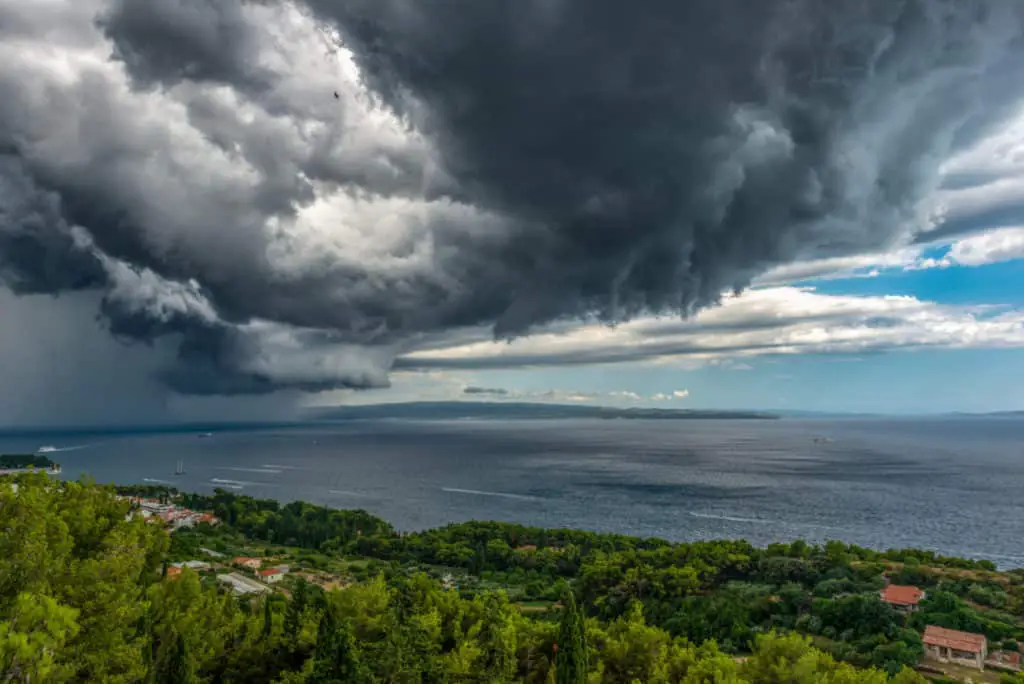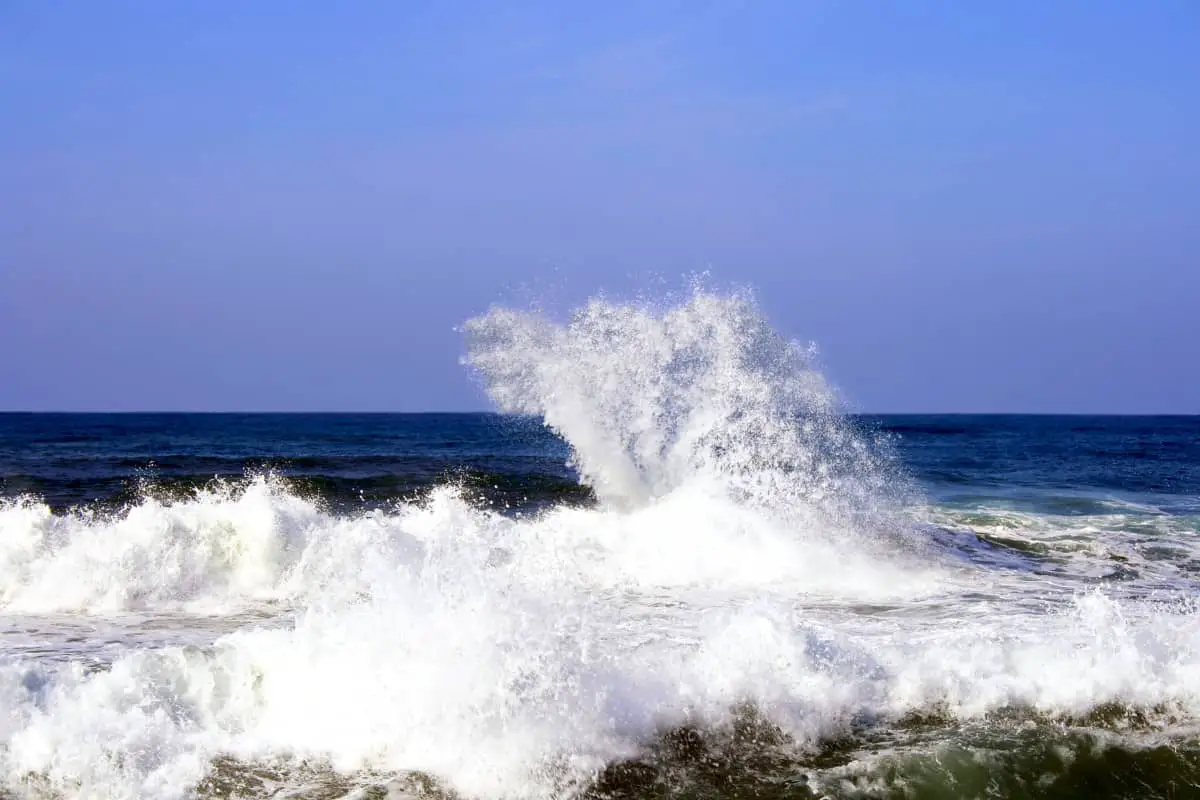As an Amazon Associate, we earn from qualifying purchases. We may also earn commissions if you purchase products from other retailers after clicking on a link from our site.
For many, the idea of sailing across the Atlantic in a catamaran and spending the summer sailing around the Mediterranean or Caribbean sounds like the ideal form of retirement. While cruising the open sea is certainly an adventure of a lifetime, you need to have an idea of the amount of time your voyage will take so you can stock up adequately and plan ahead. So, how long does it take to cross the Atlantic with a catamaran?
Crossing the Atlantic Ocean with a catamaran normally takes three to four weeks. The exact duration of your voyage may vary depending on wind speed and patterns, the path you take, and the speed of your catamaran.
As complex as sailing is in itself, taking a voyage across the open ocean on a sailboat at the mercy of the wind is even more complicated. Read on to learn more about the complexities of sailing across the Atlantic on a catamaran, how fast you are likely to travel, and more.
The Voyage Across the Atlantic
One of the largest challenges people face when sailing is finding consistent wind blowing in the correct direction. Wind patterns are one of the main determinants of navigable sailing routes.
After hundreds of years of sailing across the Atlantic, multiple routes have been discovered, but not all are deemed navigable. Generally, sailors tend to favor these two routes:
- The Southern Passage. This route involves traveling east to west from Europe and Africa to North and South America. It starts from Portugal or Canary Islands off the coast of Northern Africa to the Windward Islands of the Caribbean.
- The Northern Passage. With this route, you travel west to east from the Caribbean to Portugal. You start at the island nation of Bermuda, sail north the Portuguese Azores, and then east to Portugal’s shore.
These routes are based on a series of consistent wind patterns known as the trade winds. Each spans approximately 4,000 nautical miles (7,408 km), with each nautical mile spanning approximately 1.15 land miles (1.85 km).
However, it is generally advised to add approximately 15-20% of the theoretical distance traveled because sailors often need to adjust course to match the wind. That brings the real distance of the voyage to about 4,700 nautical miles (8,704.4 km).
The Impact of Catamaran Speed and Time Spent Traveling
Covering 5,000 miles (8,046.72 km) on a sailboat takes a significant amount of time. While the speed of your catamaran is arguably the biggest determinant of the duration of your voyage, the amount of time you’re willing to be on the move also factors in.
Some people limit their sailing speed during the night, while others cruise at constant speeds. The number of hours you are sailing per day will greatly impact how quickly you cross the ocean.
As for the speed, catamaran’s can max out at around 15 to 20 knots, with some of the fastest hitting speeds of 60 knots. However, the average speed for most sailors is about 5-9 knots. Knots are the nautical equivalent of miles per hour. Moving at the speed of 1 knot means that you are moving 1 nautical mile per hour (1.85 kilometers per hour).
If you were to travel at a speed of 7 knots for 24 hours, you would travel about 170 miles. However, most people move slower than that, meaning you’re likely to cover less than that distance in a day.
The daily range of your catamaran may also factor in. Most catamarans can easily cover 100 nautical miles (185.2 km) per day. That range largely depends on the wind speed and direction, as well as whether you engage the engine. The farther you can travel in a day, the shorter your voyage will be.
What does all this mean for your sailing time? In a phrase, you can control most of the variables.
If you decide to sail your catamaran at 7 knots every day for 24 hours, you will get across the Atlantic in about 24 days (a little more than three weeks).
If you decide to travel at that speed for less time, or go slower or faster for different amounts of time, your voyage duration will change accordingly.
Potential Challenges of Crossing the Atlantic by Catamaran

Having understood the length of the voyage and how much time it may take to complete, you’re probably wondering whether there are other difficulties you might encounter. It’s a valid concern, too, because challenges can significantly increase the time you take to cross the Atlantic by boat.
As far as difficulties go, the most critical ones have to do with the weather conditions. Things like storms and rough waters can not only affect your voyage duration, but also your safety.
The good news is that most decent catamarans can take on almost any form of weather with a solid crew at the helm. As long as you are not sailing the Atlantic during a hurricane, your voyage won’t be too bad. With light air and beautiful scenery, crossing the Atlantic can be a phenomenal, hassle-free experience.
But if you are underprepared or do not have the skills to sail, crossing the Atlantic by catamaran will be incredibly difficult.
Storms on the open ocean are nothing like what they are on land, and the wind and waves will be significantly larger than you might have ever seen.
It can be psychologically draining if you are alone in the open ocean. So in addition to making sure that you have the correct supplies and skills, you’ll want to bring a crew or a few friends for company.
Summing Up
Traveling across the Atlantic by catamaran will take anywhere between 21 and 31 days. This can be longer or shorter depending on the speed of the catamaran and the number of hours you sail a day.
Should you decide to cross the ocean by catamaran, be sure that you have the equipment and skills for such a voyage. Hire a crew if you need to, or at least find someone to help and company. Once you do this, you can enjoy your smooth sailing!


